Sony WF-1000XM4 Review: Silence Is Golden
- Incredibly powerful active noise cancellation
- Excellent battery life
- Excels at a wide array of musical styles
- IPX4 and wireless charging support now added
- No Bluetooth Multipoint
- Voice call performance is only average
If silence is a true luxury, then perhaps the $279.99 which Sony asks for its new WF-1000XM4 active-noise cancelling earbuds isn't, in fact, all that lavish. The company which upended ANC – and gave Bose and others sleepless nights – with headphones like the WH-1000XM3 has returned to demonstrate just what you can achieve with earbuds, some fiendishly clever software, and a new chipset. Turns out, you can do a whole lot.
2019's WF-1000XM3 earbuds demanded a little compromise to go along with their ANC talents. They sounded great, and delivered excellent noise-cancellation, but they were big and so was their charging case. While they may have offered more isolation from the real-world than most rivals, the balance of everyday usability forced some sacrifices along the way.
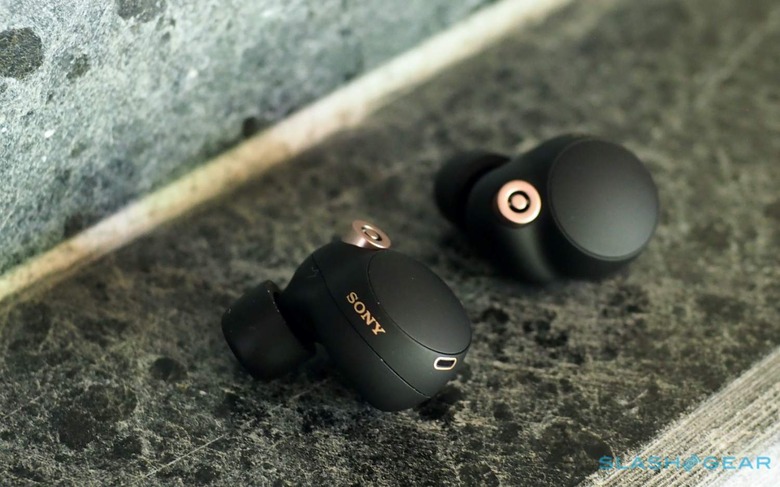
With the WF-1000XM4, Sony has dialed back those ergonomic frustrations considerably. They're smaller than before, with a 40-percent smaller charging case too, but battery life is actually improved. Like the more modern rivals which left the WF-1000XM3 looking a little like a Star Trek prop, the new earbuds now fit into your ear a little more discreetly.
There are other practical improvements, like IPX4 water and sweat resistance, making the earbuds more practical for use when exercising or in inclement weather. The case now charges via USB-C or a Qi wireless pad, if you have one. Of course, all those changes would be for naught if the ANC itself had been sidelined, but happily that's far from being the case.
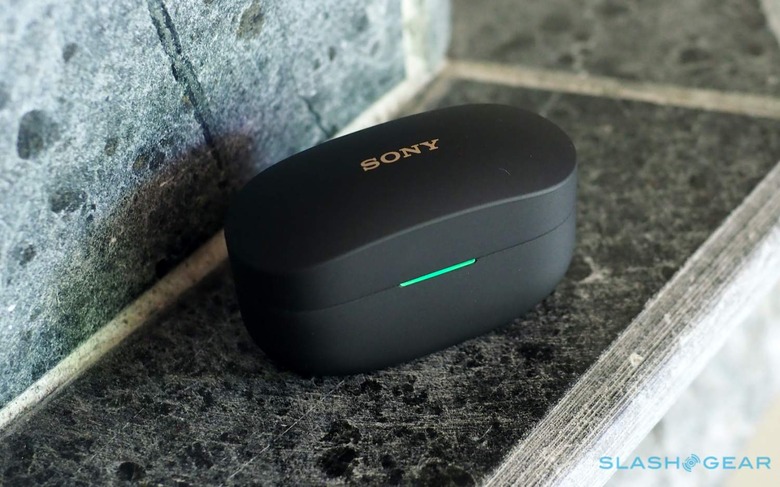
In fact, the WF-1000XM4 improve on their predecessors markedly. Sony has used its new Integrated Processor V1 and DSEE Extreme audio processor – the latter of which debuted in the WH-1000XM4 headphones – to power both sound and active noise cancellation. The result is astonishingly good, bringing the earbuds within spitting distance of their excellent over-the-ear headphone cousins.
Background hum, wind noise, A/C fans, and everything else disappear as though someone just threw a switch and shut it all down. It's a little like the almost-unsettling silence when a power outage hits, and suddenly you realize just how many things were making sounds that you never really consciously registered. Only this outage also affects people talking, TV noise, and other environmental chatter.
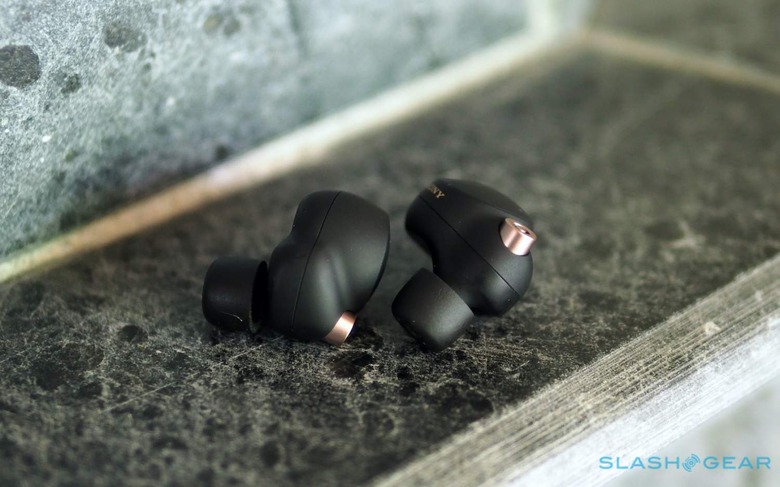
It's better than Apple's AirPods Pro, and I'd go so far as to say it's better than any other ANC earbud that I've tested out there right now. A set of WH-1000XM4 headphones will be a little better still, but the delta is shrinking dramatically.
You need a good fit for ANC, and Sony has changed up its ear-tip design. You no longer get the old trio of silicone and trio of foam tips as came with the last-gen earbuds, with a new set of memory foam-style tips instead. There are three sizes, and they have a squish, sticky feel.
I have troublesome ears, and can struggle with earbuds, but Sony's design has proved to be both comfortable and reluctant to accidentally falling out. You can either just twist them into your ear, or slightly shape the tip first so that it expands in your ear canal. Sony's Headphones app – available for iOS and Android – has a new sound leakage test, which can recommend whether you should switch tip size for a better fit.
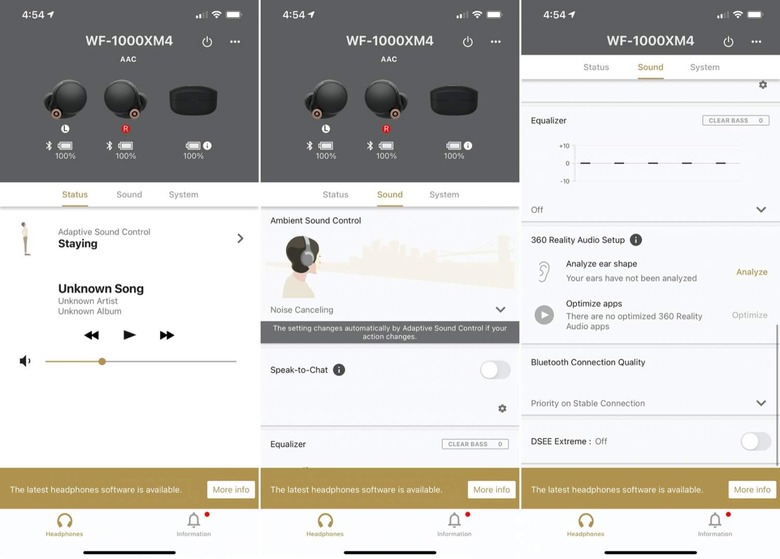
The app is also where you tweak audio settings, turn on Sony's upscaling and other AI-powered EQ – along with Sony's LDAC codec which can handle up to 990 kbps music with compatible devices – and control the ANC. As with previous models, by default the earbuds will adjust the level of noise cancellation depending on environmental sound and what it thinks you're doing: sitting in a quiet room, for example, versus on a plane or in a busy urban setting.
You can adjust the touch-sensitive pad on the outer edge of each earbud too: out of the box a tap on the left bud toggles between full ANC and transparency mode – allowing through some environmental sound – while the same gesture on the opposite side toggles play/pause. Multiple taps skip through playlists and handle calls, as well as triggering your smartphone voice assistant of choice or the WF-1000XM4's built-in Alexa support.
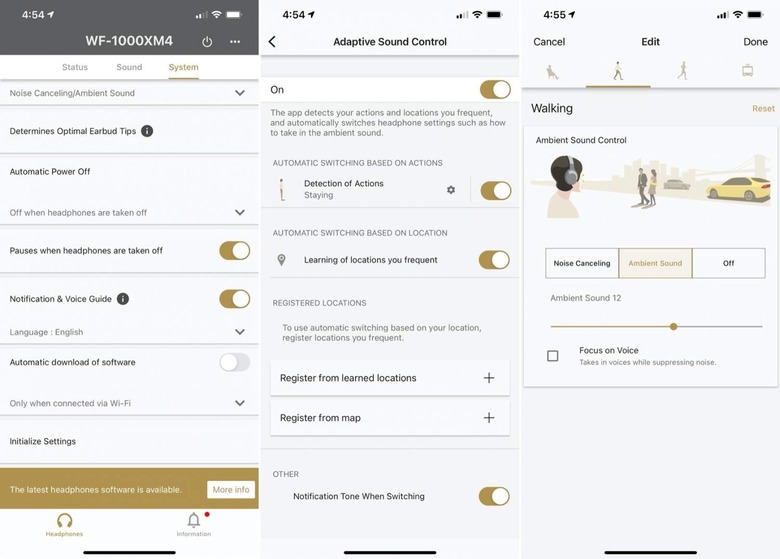
You can also enable Speak-to-Chat, which promises to automatically turn on transparency mode when you start speaking. It works, but it also highlights just how much I unknowingly sing along to music and generally talk to myself while working, so I shut it back off again. Pressing and holding the left earbud button will switch transparency mode on for as long as you keep your fingertip there, which I found was a more practical application.
When it comes to music playback, there Sony continues to wow. Slabs of bass, but with power that doesn't overwhelm precision. A crisp and distinctive high-end, never too sharp, with an airy soundstage that leaves vocals and brighter instruments clear and defined. Somehow Sony manages to avoid the mid-tones getting muddy or flabby, too.
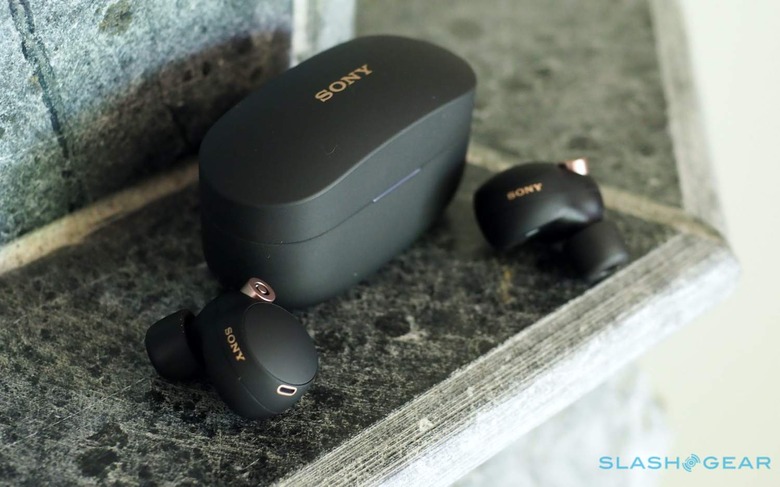
It's a profile that lends itself well to a huge range of styles. The thunderous bass stabs through dance and rap, never leaving you with the feeling that Sony's custom 6mm driver is struggling to keep up. Switch to more vocal-heavy tracks, though, and that broadness carries over: voices are clear and crisp, but the whole thing is still cohesive. In short, regardless of your genre of choice, it's going to sound great.
Nonetheless, there are a few lingering annoyances. Biggest is the absence of Bluetooth Multipoint support: you can't have the WF-1000XM4 simultaneously connected to two devices. If you're deep in Apple's ecosystem, the loss of quick switching as AirPods do so well is a pain.
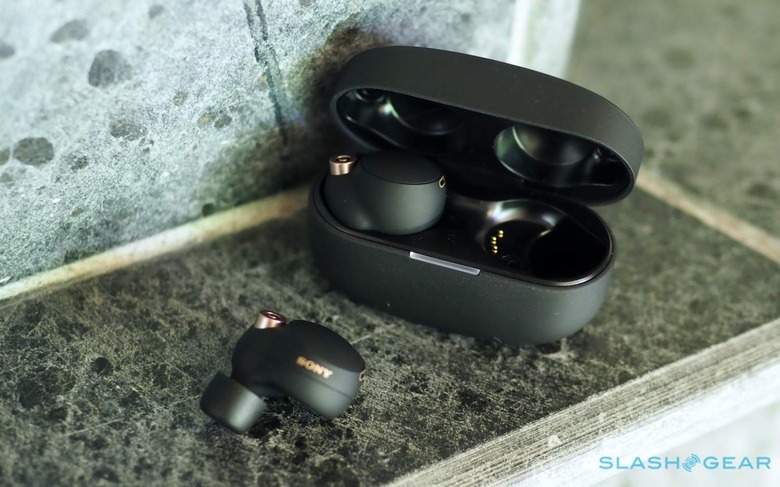
Similarly, Apple's earbuds have the edge when it comes to microphone performance for calls. Sony says it pairs its beamforming microphones with ANC and bond conduction sensors, so that they know when you're actually talking, but the results can still be a little jagged. Nowhere near dealbreaker levels, no, but still something to bear in mind if you're on voice and video chats all day long.
It's frustrating because the WF-1000XM4's battery life make them an excellent match for this hybrid age of remote working and Zoom meetings. Eight hours from the earbuds alone, and that's with ANC turned on: switch it off, and you get another four hours. The battery in the case can fully recharge the earbuds twice, for 24-46 hours in total, depending on if you have noise cancellation running.
Sony WF-1000XM4 Verdict
It feels a little like Sony overheard all the times I recommended the old WF-1000XM3, and took my caveats to heart. 2021's WF-1000XM4 are smaller, lighter, sound better and last longer, and their ANC gets you so close to what Sony does with its full headphones that the reasons not to buy them are vanishingly small.
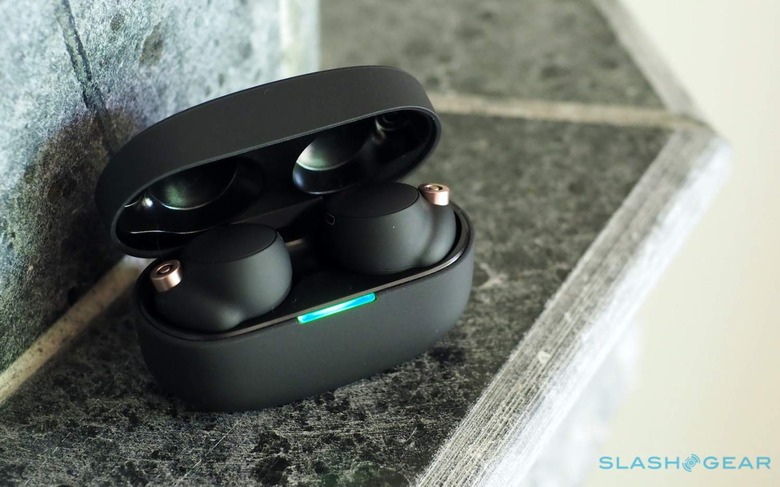
No multipoint Bluetooth and slightly less impressive voice calls are the key sacrifices now, and of course the fact that $279.99 isn't inexpensive in a category where far more affordable ANC earbuds are widely available. Problem is, those alternatives may be cheaper but I hesitate to call them "rivals" as such. Sony's wizardry with active noise-cancellation elevates the WF-1000XM4 clear above the competition.
That should be music to your ears, whether you're facing a return to air travel, back to a crowded office, or simply trying to carve out a remote workspace at home. Music, that is, along with blissful silence.
